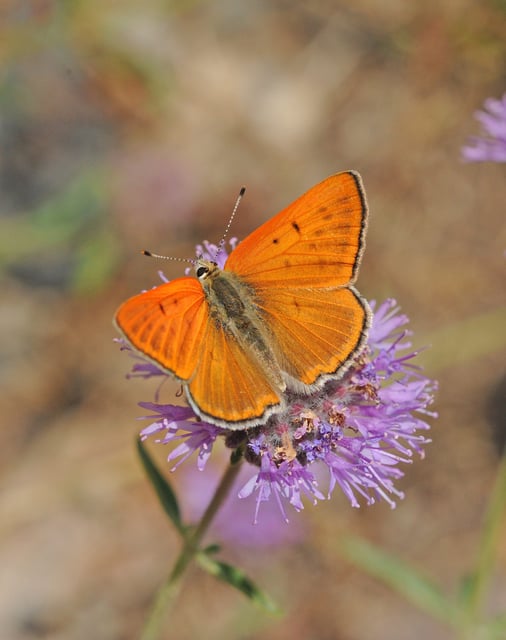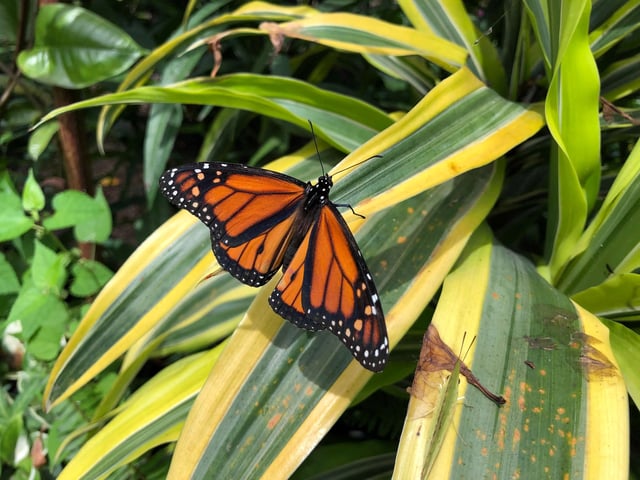Overview
- A new study analyzing data from over 76,000 surveys shows a 22% decline in butterfly abundance across the U.S. from 2000 to 2020.
- The research, involving 35 monitoring programs and over 12.6 million recorded butterflies, is the most extensive analysis of its kind to date.
- One-third of butterfly species studied showed significant declines, with 107 species losing more than half of their populations.
- Key threats to butterflies include insecticide use, habitat loss, and climate change, though regional drivers vary across the country.
- Scientists emphasize butterflies' critical ecological roles in pollination and nutrient cycling, calling for urgent local and national conservation policies.



